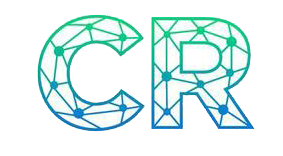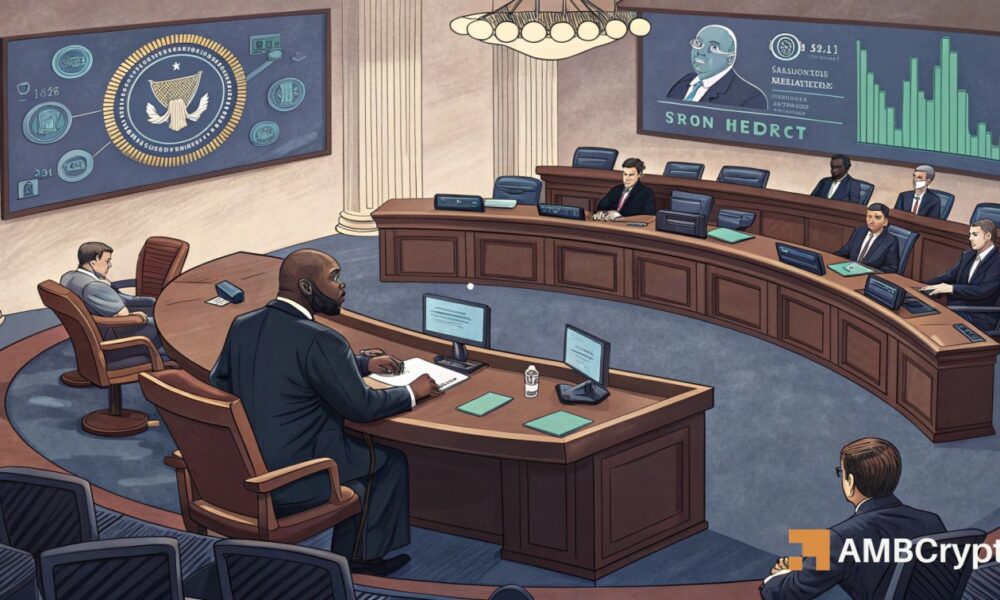Key Takeaways
- Senator Tim Scott led the hearing on Digital Asset Markets, with the Senate Committee targeting to close the regulatory structure by September. However, a deep dive suggests this might not save the inflationary nature of the USD.
The United States is gradually navigating what’s being called “Crypto Week,” as the House achieves key milestones on digital asset legislation.
The Senate Banking Committee, led by Senator Tim Scott, is advancing efforts to streamline regulations for digital assets, one of the core issues highlighted in President Donald Trump’s policy agenda.
The committee aims to finalize the regulatory framework by September.
Senator Scott has joined forces with Senator Cynthia Lummis, a longtime advocate for Bitcoin [BTC] and other digital assets.
Lummis emphasized the importance of maintaining America’s leadership in crypto and Web3 innovation.
Details of the digital assets’ hearing led by Tim Scott
During the digital assets hearing, several crucial voices in the industry came out calling for the need to soundly reduce the level of regulatory uncertainty.
This would be coupled with the need for better technology comprehension in the blockchain area.
Despite worries from colleagues, Scott dismissed the prevalent notions on crypto use in criminality. He said,
“It’s far easier to track something that has a digital footprint than something that does not.”
Economist Jonathan Levin reinforced this and stated,
“illicit activity… is less than 1% of the overall activity that occurs on these blockchains… often less than what we see in traditional markets.”
The hearing also highlighted collaboration between the crypto industry and law enforcement, crediting blockchain’s transparency and centralized services’ adherence to AML regulations since 2013.
Levin defended this position, stating:
“Thousands of investigations… have captured criminal proceeds.”
Summer Mersinger, CEO of the Blockchain Association, stressed that “traditional bank regulations are not fit for purpose” and warned that without tailored rules, “we’ll continue to push innovators offshore.”
Both testimonies called for a framework that balances innovation, enforcement, and American values.
That was not enough as Franklin Templeton Innovation Head Sandy Kaul also backed this move, noting,
“I think our entire product suite will be on-chain at some point in the future.”
What other leaders said
The hearing also emphasized the need to strengthen the U.S. dollar’s role in the evolving global financial system.
Officials cautioned that ignoring new technologies could weaken the U.S. dollar’s global role. Nearly 98% of stablecoins currently use the dollar as their backing currency.
Maintaining this dominance requires adapting to emerging financial innovations. Failure to do so may open the door to competing digital assets.
Meanwhile, prominent Bitcoin investor Lark Davis criticized skeptics who view BTC and other digital assets as risky.
He argued that the U.S. dollar is steadily losing its purchasing power, while Bitcoin has surged over 200 million percent since its inception.
Lark noted,
“The US dollar has lost 90% of its purchasing power since 1971. Bitcoin has gained over 200 million percent in the past 15 years. But sure… Bitcoin is the risky one.”
This further supported the fact that nations needed to support Digital Assets regulations, as Fiat currencies could not cope with inflation.







